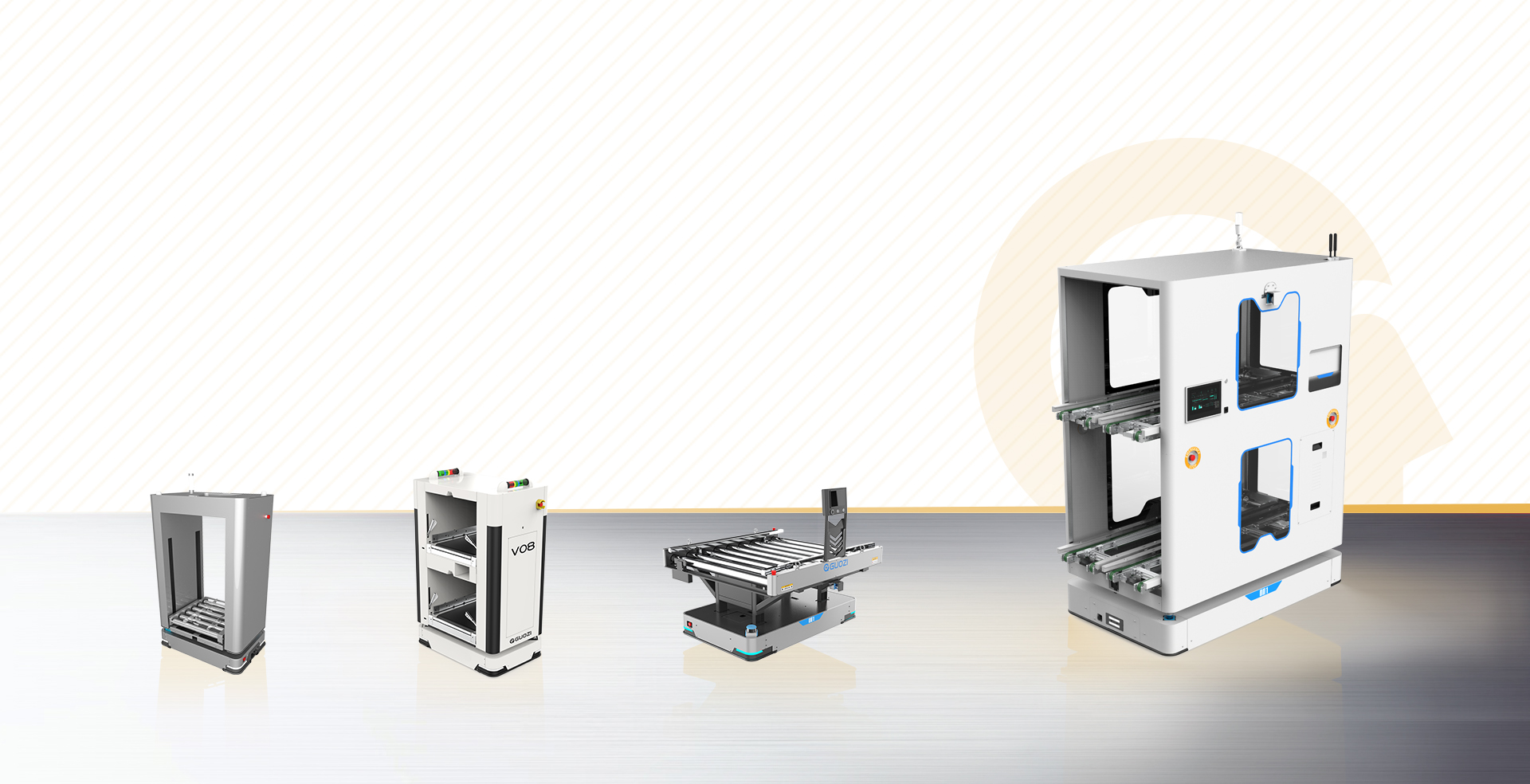With the rapid development of science and technology, China's manufacturing industry is facing a critical period of transformation and upgrading. Automation, intelligence and networking have become the main trends in the development of the manufacturing industry. As an important part of intelligent manufacturing, automatic guided vehicle (AGV) is increasingly widely used in manufacturing industry. This article will analyze in detail the important role of AGV in the manufacturing industry from the definition, classification, application scenarios, advantages and development trends of AGV.
AGV Overview
1. Definition
Automated Guided Vehicle (AGV) is a kind of transportation vehicle based on the navigation technology such as electromagnetism, optics, etc., which can travel along the designated path automatically and has the functions of safety, protection and various transferring. AGV can realize automation, intelligence and unmanned production process through computer control.
2. Classification
According to the navigation method, AGVs can be classified as follows:
(1) Electromagnetic navigation: magnetic field is generated by the wire laid on the ground, and AGV detects the magnetic field through the sensor for navigation. navigation.
(2) Optical navigation: using optical sensors such as laser, infrared, etc. for navigation.
(3) Visual navigation: navigation by recognizing ground markings or environmental features through cameras.
(4) Inertial navigation: navigation using sensors such as gyroscopes and accelerometers.
(5) Ultrasonic navigation: navigation by transmitting and receiving ultrasonic signals.
Application scenarios of AGVs in the manufacturing industry
1. Logistics handling
1. 76}}AGV has a wide range of applications in the manufacturing industry, such as raw material warehousing, production line material distribution, finished product out of the warehouse. Through AGV to realize efficient and accurate material handling, reduce labor costs and improve production efficiency.
2. Production line collaboration
AGVs can be operated in collaboration with other automation equipment, such as robots and three-dimensional warehouses. In the production line, AGV is responsible for transporting materials to the designated location to automate the production process.
3. Inspection and Maintenance
AGVs can be used for the inspection and maintenance of the production equipment, such as regular inspections and fault troubleshooting. By carrying relevant sensors and equipment, AGV can realize real-time monitoring of the production environment and improve production safety.
4. Emergency Rescue
In the event of emergencies (e.g., fire, gas leakage, etc.), AGVs can quickly enter the danger zone for rescue, reducing the risk of casualties.
Advantages of AGVs in the Manufacturing Industry
1 . Improve production efficiency: AGVs can be operated 24 hours a day according to production demand, improving production efficiency.
2 . Reduce labor cost: AGV can replace manual labor to carry out repetitive and high-risk operations, reducing labor cost.
3. Flexibility: AGV has path planning function, and can adjust the running route according to the production demand.
4. High safety: AGV has the functions of obstacle avoidance, emergency stop, etc. to ensure production safety.
5. Easy to manage: Through the central control system, the operation status of AGV can be monitored in real time, which is convenient for production management.
Trends of AGV in the manufacturing industry
1. Intelligent: With the development of artificial intelligence technology, AGVs will have higher autonomous decision-making ability and realize true driverlessness.
2. Networking: AGVs will be integrated into the industrial internet, realizing real-time communication and collaborative operations with other equipment.
3. Diversification: For different application scenarios, AGVs will show diversified development trends, such as special AGVs and composite AGVs.
4. Cost reduction: With the maturity of technology and market competition, the manufacturing cost of AGV will be gradually reduced to further popularize the application.
In short, the application of AGV in the manufacturing industry has a broad prospect, and it will provide strong support for the transformation and upgrading of China's manufacturing industry. With the continuous progress of technology, AGV will play a more important role in the future manufacturing industry.








